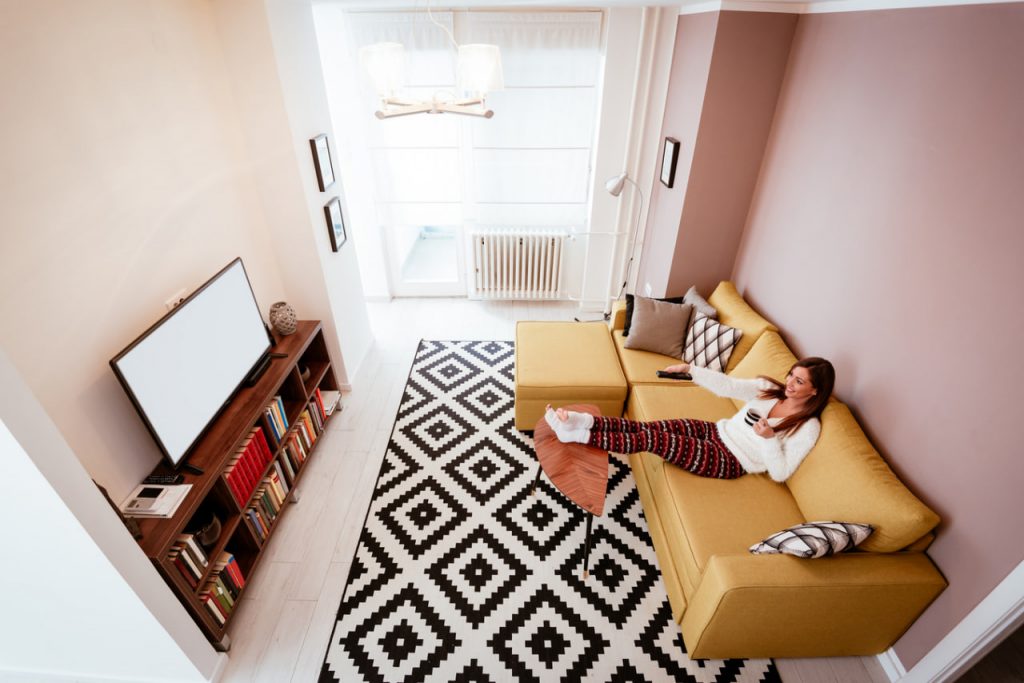Living in a shared home presents unique challenges, especially when it comes to maintaining personal privacy. Whether you’re sharing an apartment with roommates, living with family, or cohabitating with a partner, carving out your own private space is essential for your mental wellbeing and comfort. Privacy is not just about physical separation; it’s about creating boundaries that allow you to recharge, focus, and feel secure in your environment. In this blog, we will explore effective strategies and thoughtful design solutions to maximize privacy in shared living spaces.
The first step in maximizing privacy is understanding the layout and flow of your home. Spaces that are open and communal need careful zoning to create distinct private areas. This can be achieved through furniture arrangement, use of room dividers, or creative placement of screens and curtains. For example, placing a bookshelf or a tall plant between a bed and the main living area can provide a visual barrier that defines personal space without completely closing off the room.
Noise control is another critical factor. In shared homes, sound often travels easily, causing disturbances and reducing the feeling of privacy. Using rugs, heavy curtains, and soft furnishings helps absorb sound. Additionally, installing door sweeps or weather stripping around doors can reduce noise leakage between rooms. For those who work or study at home, noise-cancelling headphones can be a simple but effective tool to create an auditory barrier.
Lighting plays a subtle but powerful role in privacy. Installing adjustable lighting options like dimmers or individual lamps allows each person to control their own environment without affecting others. Strategic use of natural light, through sheer curtains or blinds, can create a sense of openness while still providing a degree of separation.
Storage solutions also impact privacy. Clutter can make shared spaces feel chaotic and reduce the sense of personal ownership. Using storage that doubles as room dividers or personal lockers can help keep belongings organized and give each resident a private area for their things. Labeling storage spaces or using personalized baskets encourages respect for each other’s items.
Clear communication among housemates about boundaries and shared spaces is as important as physical design. Establishing agreed-upon quiet hours, shared chores, and guest policies fosters a respectful living environment where privacy is valued. Design elements like a shared calendar or designated message board can help coordinate schedules and reduce conflicts.
In smaller shared spaces, multifunctional furniture offers privacy without sacrificing space. Foldable screens, Murphy beds, or convertible sofas provide flexibility to change the layout as needed, offering privacy during certain times and openness when desired. Using color and texture to define different zones within the same room can visually separate areas, making the home feel larger and more private.

